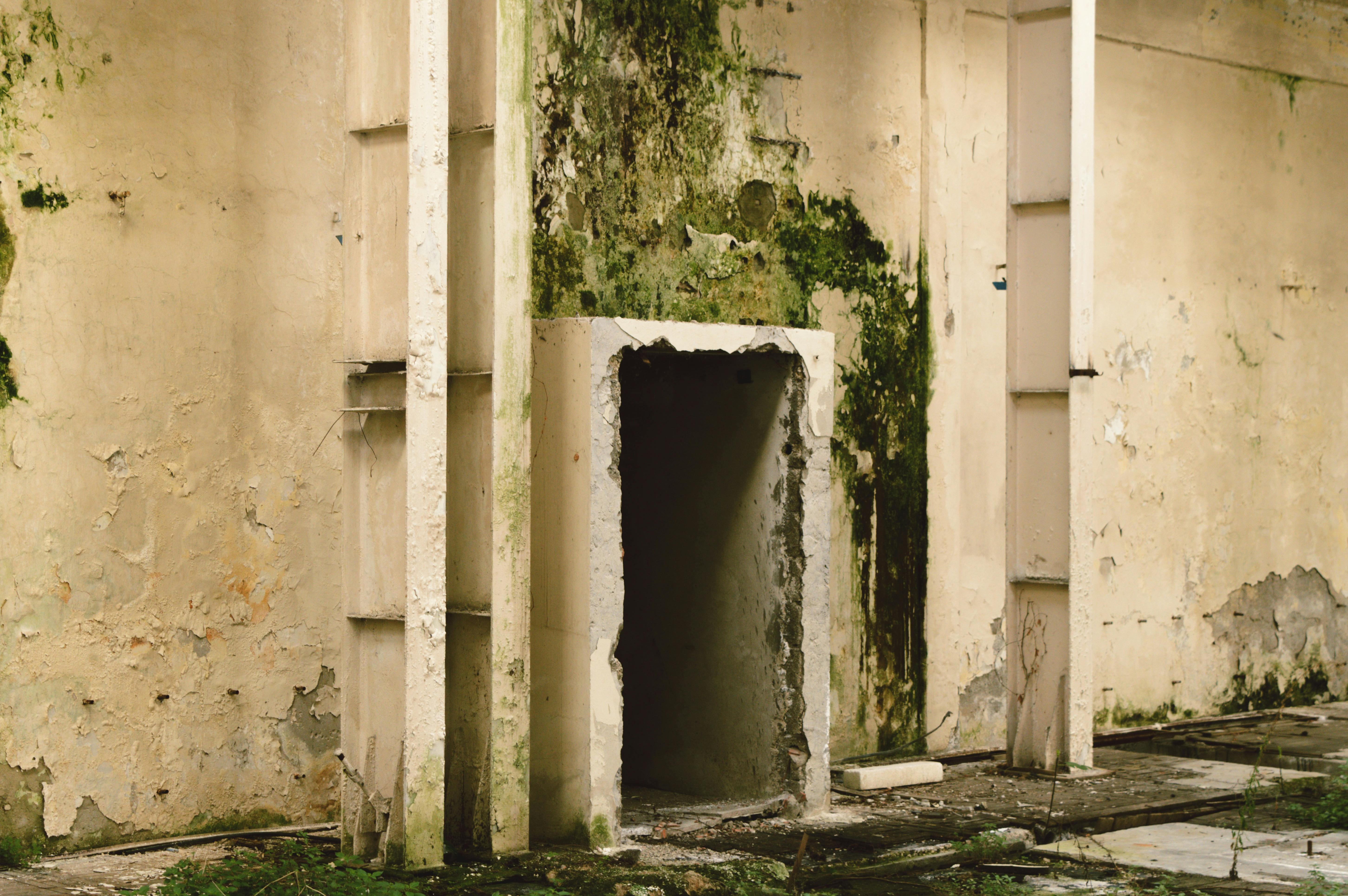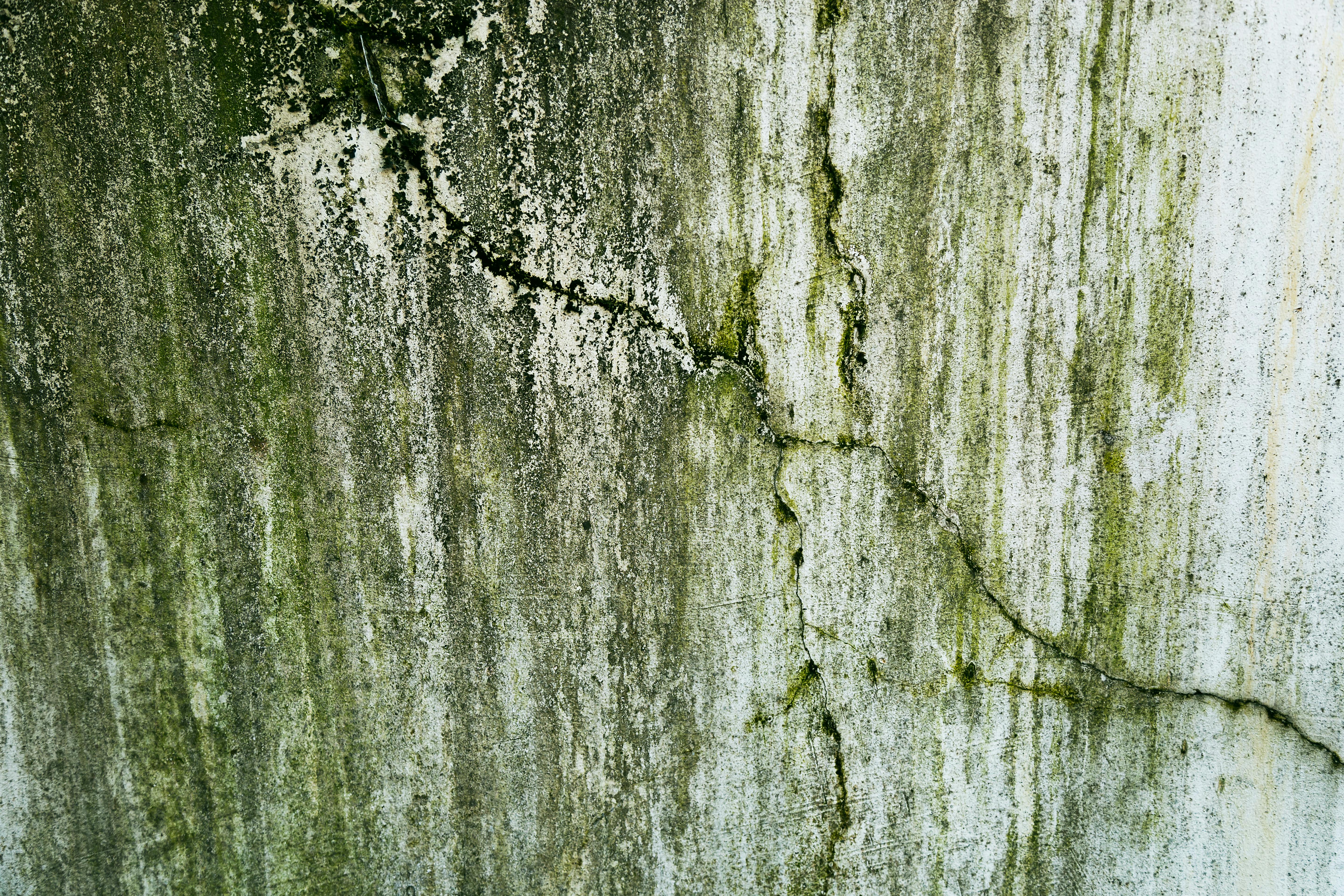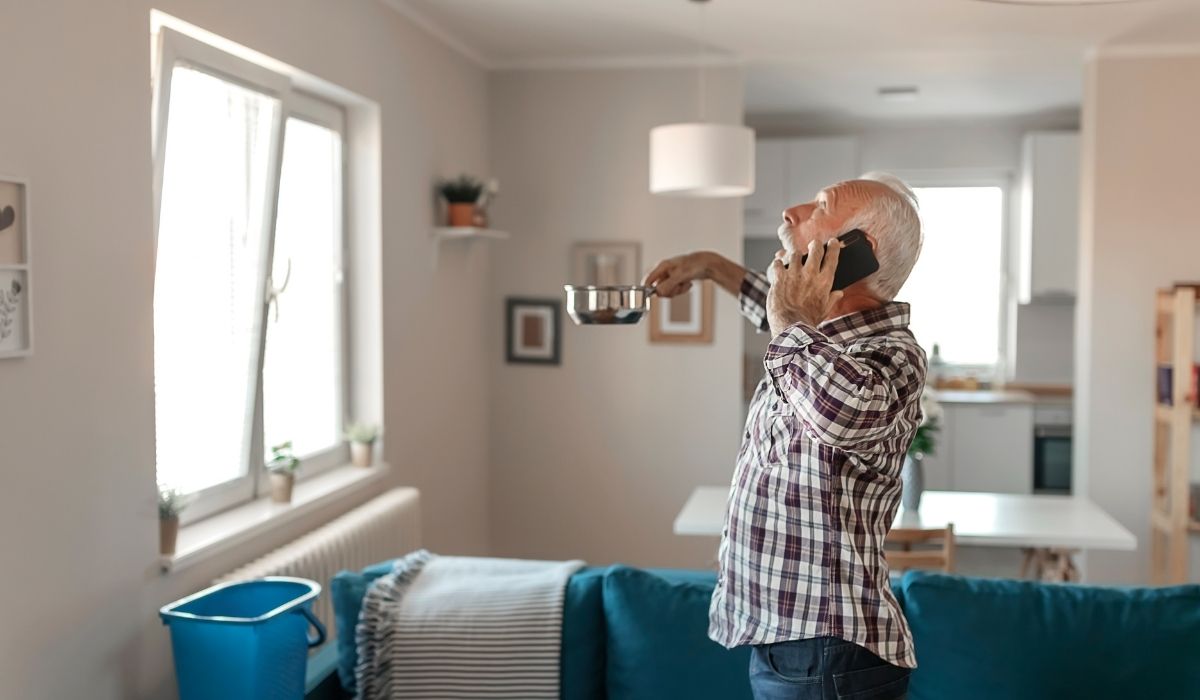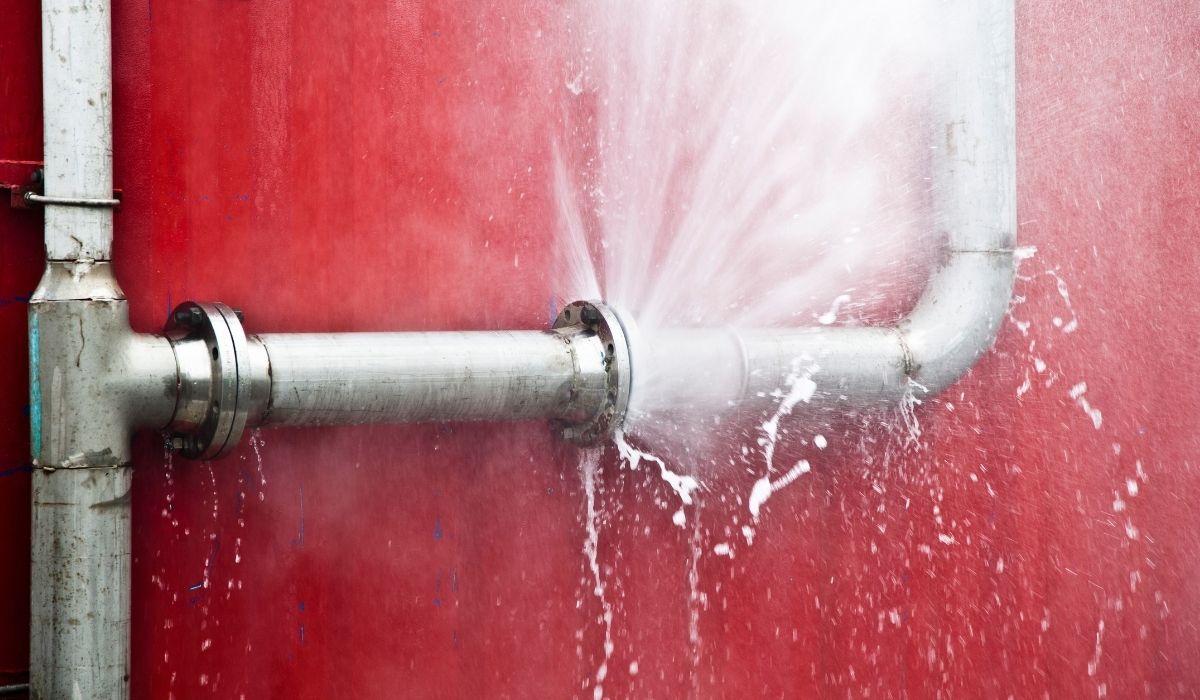Is Mold from Water Damage Dangerous? Health Risks & Removal
Mold grows when excess moisture accumulates indoors. Water leaks from pipes, roof leaks, and flooding create ideal conditions for mold. Porous materials like drywall, ceiling tiles, and wood absorb moisture, leading to mold infestation. High humidity levels and damp environments contribute to mold growth. Mold colonies spread quickly if moisture levels remain unchecked.
Types of Mold That Develop After Water Damage
Many species of mold grow indoors, but some pose more severe health risks. Common types include:
- Black Mold (Stachybotrys chartarum): Known for its dark spots and black colors, it releases toxic mold spores that can cause respiratory symptoms.
- Cladosporium: A greenish-black color mold found on shower curtains, wooden surfaces, and fabrics.
- Aspergillus: A common mold that grows in air conditioning systems and building materials.
- Penicillium: Recognizable by its fuzzy mold texture and blue or green hue, it thrives on water-damaged organic material.
Health Risks of Mold Exposure
Exposure to mold can cause a variety of health problems. The severity depends on the mold type, exposure level, and a person’s health conditions.
- Respiratory Issues: Mold spores can cause breathing issues, sore throat, and respiratory infections.
- Allergic Reactions: People with asthma or auto-immune conditions may experience severe allergic reactions, including skin irritation and eye irritation.
- Neurological Issues: Prolonged exposure to mold can lead to memory loss, brain fog, and other cognitive impairments.
- Fungal Infections: Individuals with chronic lung conditions or weakened immune systems are at risk of severe infections.

Signs of Mold Growth in Your Home
Recognizing the signs of mold growth early prevents further damage. Common signs include:
- Musty Smell: An earthy smell is a strong indicator of mold presence.
- Visible Signs: Black spots, olive green patches, and white spots on walls, ceilings, or furniture.
- Damp Environments: Excess moisture from plumbing leaks, washing machines, and condensation fosters mold colonies.
- Health Symptoms: Allergy-like symptoms such as throat irritation, coughing, and sinus congestion.
How Mold Can Damage Your Home
Mold growth affects more than just human health. It compromises structural integrity, leading to severe damage over time.
- Structural Damage: Mold feeds on cellulose content in wood, drywall, and insulation, weakening the foundation.
- Ceiling and Wall Damage: Moisture issues cause peeling paint, warped drywall, and discolored ceiling tiles.
- HVAC Contamination: Airborne mold spores spread through air ducts, affecting indoor air quality.
- Furniture and Fabric Damage: Mold stains and weakens porous materials, making them difficult to clean.
How to Prevent Mold After Water Damage
Taking immediate action reduces the chances of mold growth and future recurrence. Follow these steps:
- Address Leaks Quickly: Fix plumbing leaks, roof leaks, and condensation issues.
- Control Humidity Levels: Use dehumidifiers and exhaust fans to keep moisture levels in check.
- Improve Ventilation: Ceiling fans and air scrubbers help circulate air and prevent excess water buildup.
- Regular Cleaning: Clean damp surfaces with an alternative to bleach or a mold cleaner.
- Professional Mold Testing: Mold remediation specialists use moisture meters and professional mold testing to detect mold levels.
Mold Remediation Services: How Experts Remove Mold
Mold remediation companies use advanced techniques and specialized equipment to remove mold safely. The mold remediation process includes:
- Assessment: Professional mold testing determines the mold type and mold levels.
- Containment: Mold remediation specialists isolate affected areas using plastic sheeting and air scrubbers.
- Mold Removal: Experts use cleaning products, a bleach solution (one cup of bleach per gallon of water), and antimicrobial treatments to clean mold growth.
- Drying and Dehumidification: Dehumidifiers remove moisture sources to prevent future mold infestation.
- Repairs and Restoration: Restoration services replace damaged building materials and ensure a healthy living environment.
DIY vs. Professional Mold Remediation
While small mold problems can be handled with routine cleaning and bleach solutions, extensive water damage requires professional help.
- DIY Cleaning: Suitable for minor mold spots using a chlorine bleach solution or mold cleaner.
- Professional Services: A mold remediation company is necessary for severe damage, black mold exposure, and extensive mold damage remediation.
Why Choose a Professional Water Damage Restoration Company?
A restoration company like Preferred Restoration provides expert mold remediation services. Benefits include:
- Access to Specialist Tools: Professionals use air scrubbers, moisture meters, and protective gear.
- Thorough Mold Removal: Experts eliminate active mold colonies and prevent mold risks.
- Safe Handling of Toxic Mold: Specialists remove dangerous mold without spreading airborne mold spores.
- Preventative Measures: Professionals ensure a barrier against mold by identifying moisture sources and humidity problems.

FAQ About Mold from Water Damage
1. Can mold cause serious health issues?
Yes, mold exposure can lead to severe health effects, including respiratory conditions, allergic reactions, and neurological issues.
2. How long does it take for mold to grow after water damage?
Mold can start growing within 24-48 hours in humid conditions with excess moisture.
3. Is black mold more dangerous than other molds?
Black mold spores release toxins that can cause adverse health effects, but all mold types can pose health concerns.
4. Can I remove mold myself?
Small mold infestations can be cleaned with a bleach solution or mold cleaner. However, for extensive mold growth, hiring a mold remediation team is recommended.
5. How can I prevent mold after water damage?
Address leaks, reduce humidity, use dehumidifiers, and seek professional mold remediation services to maintain a healthy environment.
Visit your nearby local emergency responder or contact us today for more information.
Table of Contents
EXCELLENTVerified A straight up honest broker who knows his stuff. Excellent communication and very helpful problem solving our mold issuePosted onVerified Giving Eric a 5-star review, and we haven't even started any work yet. He came to gave us his professional opinion and quote to address a mold issue in our house. He is clearly very knowledgeable. His opinion was wildly different than the previous estimate we received, from an agency that wanted to charge us about 4 times as much. He did a much more thorough assessment, and explained his reasoning for why he felt that our issue wasn't as extreme as the previous agency. He even gave us some suggestions as to how we could address our issue on our own, if need be. He doesn't appear "out to get you"... there are a lot of companies that work off the "mold is gold" motto, but he doesn't seem to be one of them. If we end up going with him for the job, we'll update the review... but, I was just so happy and relieved with his approach, estimate, knowledge, and his overall professionalism. Glad there are still people like this out there!Posted onVerified Eric and his team were prompt and professional. From diagnosis through cleanup they were very thorough.Posted onVerified Above and beyond expectations. Eric and his team were not only helpful, kind, and relatable to our issues, they were extremely professional and reliable. Always answered our calls. Showed up on time with great attitudes. Respected our home. Most importantly, got the job done in a fast and timely manner. Can't recommend enough.Posted onVerified We had a leak under the kitchen sink and called another company first. We were told there is mold and they would have to tent the area to remove it and that we'd also need a whole new cabinet. Of course, it was pretty expensive and they said we couldn't use the kitchen for a couple weeks. Feeling it's always wise to get more than one estimate, I called Preferred Restoration as they had excellent reviews. Eric replied promptly and came out to look things over. He felt the mold wasn't bad enough to require a tent and also felt a whole new cabinet was not required. Needless to say, we accepted his estimate immediately and the work was done in a professional manner. (They don't do the carpentry work, but can make a recommendation.) I highly recommend Preferred Restoration. I believe it's an honest company with skilled professionals.Posted onVerified Eric the owner was great to work and keep me informed the entire time that the moisture was being removed from my home. Highly recommend Eric and his team for any job!Posted onVerified Right from the start I knew I was going to be in good hands with this company. The response time was super quick and getting Eric to come out to my home to assess the situation was quicker than expected. Eric was very knowledgeable and answered all my questions thoroughly. He took his time to listen to all my concerns to carefully address the issues in my home. He made a stressful situation feel less stressful and manageable. I definitely recommend this company and will contact Eric if needed in the future. Thanks again Eric!Posted onVerified We discovered a mold issue in one of our bedrooms and reached out to Preferred Restoration Services for guidance. Eric was extremely helpful in helping us navigate what needed to be done since we had no experience with this type of issue. He shepherded us through the process and helped us understand every step that needed to be performed. He referred us to a couple of contractors which we used for plumbing and testing and they were also excellent. This was helpful so that we didn't have to figure out who else we needed to work with and vet them as well. Everyone from Preferred Restoration Services was very professional, communication was excellent, and customer service was outstanding. We had a lot of questions and they were all answered very quickly. I highly recommend Preferred Restoration Services for any damage restoration needs.Posted onVerified Preferred Restoration is the best service in town! If you want quality, fair pricing & guidance, call Preferred Restoration! Ask for Eric, he is very helpful and quick.Posted onVerified We had an issue with a sewer line that leaked and potentially needed some soil remediation under the house. I gave Eric a call and made an appointment for the next day for him to come out and assess the situation. Throughout the process his communication was great and he was on time (even gave me a call to let me know he was on his way). He went above an beyond to even check inside the house for potential water damage/mold. We did not have to move forward with any remediation. I appreciate Eric's communication, thoroughness, and HONESTY. We will keep his contact if we need any work in the future. I highly recommend Eric and Preferred Restoration!



